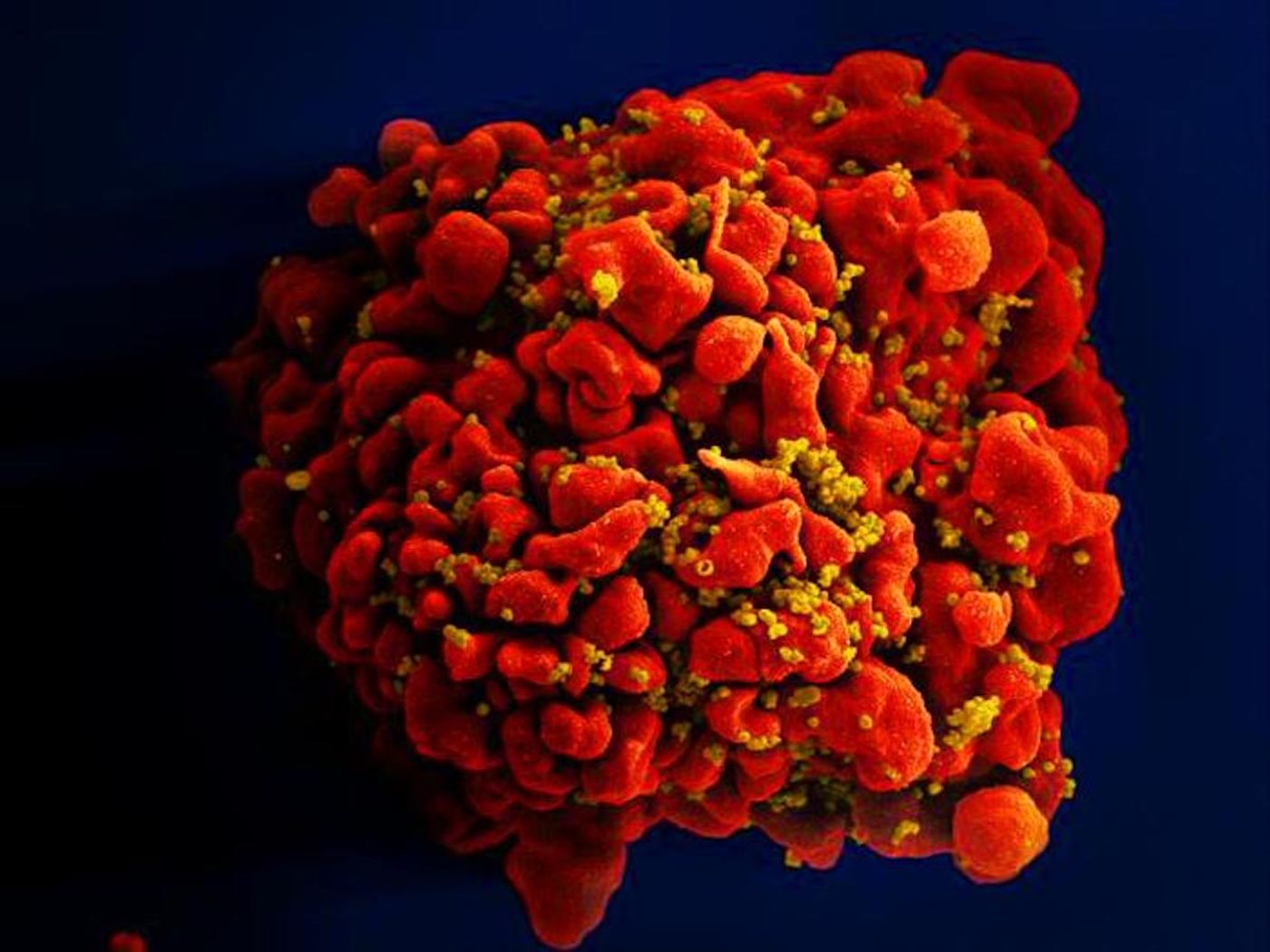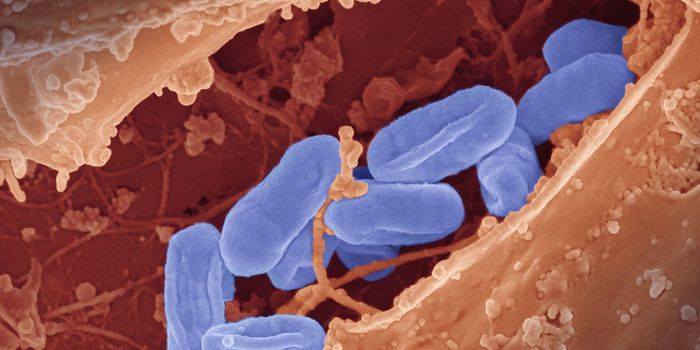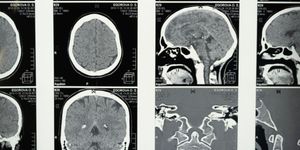Human Genes That are Essential to HIV Offer New Insights on Chronic Infection
About 1.5 million new HIV infections are thought to have occurred last year, and while COVID-19 has dominated concerns about public health in recent years, HIV remains a threat to many people.
Human immunodeficiency virus (HIV) has a very small genome that scientists decoded long ago. It produces only a dozen viral proteins. But the virus has a powerful ability to mutate and it can integrate into the genome of host cells, characteristics that make it particularly difficult to eliminate or create a vaccine for. Scientists have now taken a unique approach to investigating the virus and how it causes a chronic disease. Using the CRISPR gene editor, they looked for genes in the human genome that help HIV establish a chronic infection. This effort revealed 86 genes that could be involved in the replication of HIV and the symptoms it causes, including more than 40 genes that have never been linked to HIV infection and studied before. The findings have been reported in Nature Communications.
HIV tends to target immune cells called T cells for infection. However, HIV infection is often studied in the context of other cell types that are easy to use in the lab. In this study, the researchers used CRISPR-Cas9 to totally eliminate certain genes from T cells isolated from human blood, rather than simply reducing the expression of those genes as other studies have done.
The genetically-altered cells were infected with HIV, then assessed to see how the absence of a gene impacted infection. In cells lacking a viral replication-linked gene, there was a decrease in infection levels. But in cells that did not express an antiviral factor, infection was promoted.
When the effects of knocking out certain genes were confirmed in cells from additional donors, the researchers found new pathways linked to HIV infection, as well as some that have already been connected to the disease. The confirmation of genes previously connnected to HIV seemed to validate this approach.
"That nearly half of the genes we found were previously discovered increases confidence in our dataset. The exciting part is that over half - 46 of these genes had never before been looked at in the context of HIV infection, so they represent new potential therapeutic avenues to look into," noted co-corresponding study author Professor Judd Hultquist, associate director of the Center for Pathogen Genomics and Microbial Evolution at Northwestern University.
Some drugs have helped us fight the HIV epidemic by suppressing the replication and spread of HIV, noted Hultquist. But the treatments are not cures, "so individuals living with HIV have to follow a strict treatment regimen that requires continual access to good affordable health care." However, he continued, "that's simply not the world we live in," and many people lack such access.
The researchers are hoping to expand this study to look for any gene in the human genome that might be playing a role in HIV infection. This could create a better treatment, or bring us closer to a cure that can be provided to people around the world.
Sources: Northwestern University, Nature Communications









